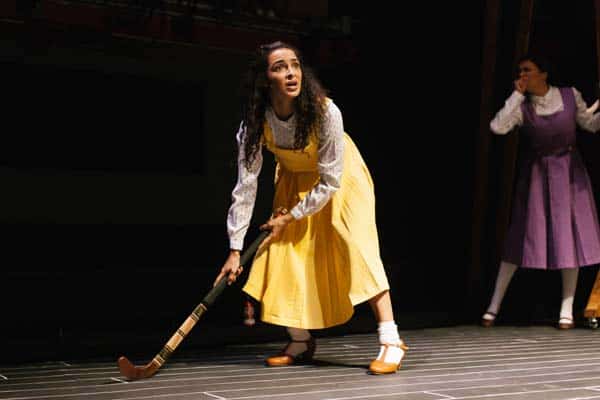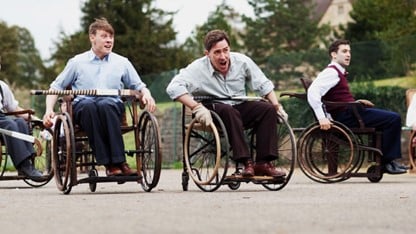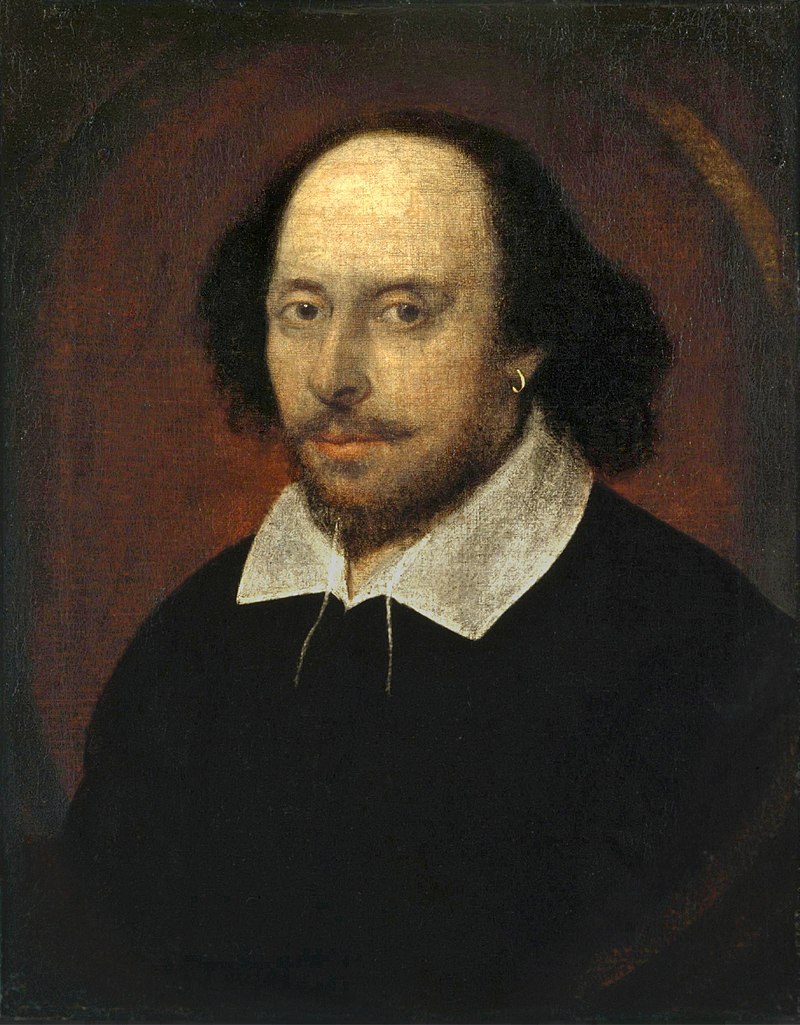
Photo from Daisy Pulls It Off, showing at the Park Theatre, Finsbury Park, London.
Photo courtesy of Tomas Turpie.
One of our eagle-eyed supporters spotted this wonderful image taken by Tomas Turpie in The Times newspaper last week. It was from a review of Daisy Pulls It Off, a play that has just opened on the London stage. Daisy, the star of the show, is a hockey player and she is using an old English head hockey stick – not just any stick, but a Mercian hockey stick and one that has a unique history, rooted in manufacturing tradition, that goes back to the Indian sub-continent.
One hundred and twenty years ago a hockey stick such as this would have been the perfect Christmas present for any hockey player of the era. Hockey was in its infancy and the sticks, the English Head stick, was devised, developed and manufactured in England by English sports equipment manufacturers. In those early decades of hockey, it was mainly played in Britain and the British Army took the game to the Indian sub-continent, thereby greatly expanding the sport’s exposure.
The vast numbers of troops out in India during Empire, in need of sport and recreation, put a great strain on the supply lines from Britain. Consequently, it was not long before the nimble, observant woodwork tradesmen of northern India, the Punjab to be precise, started repairing and soon replicating the sticks, bats, racquets etc. required by the Army. So, it was that the Indian Sports Goods Industry was born some time in the early years of the 20th century, before WW1.
I am very privileged to be the Curator of The Hockey Museum – to me, the most interesting job in the world. Part of my journey here was through a working life spent in the Sports Industry, starting at a time when equipment was still made by hand, by craftsmen and women. I was bold enough to start my own specialist hockey company, Mercian; you may have heard of it. This gave me the opportunity to visit India and Pakistan on a very regular basis because the vast majority of hockey sticks were made there, by hand, by craftsmen, and one needed to know who was making the best.
On one of my trips in the 1980s, one of my suppliers announced that he had someone for me to see. He took me to a workshop where a very old gentleman was waiting to meet me. He looked to be at least a centenarian but was in fact in his mid 80s. He had a smile that engulfed his face and he held on to our handshake as if never to let go. I was told that in the 1920s and ‘30s he used to make English Head hockey sticks. The gentleman proudly showed me his pre-partition identity pass which was issued by the governing British. I was in the presence of history! To his amazement, and that of others present, I sat down with him and we had the most magical morning. They already had some pre-bent stick heads and he proceeded to whittle away, slowly creating the finished shape. I did take part occasionally, trying to copy some of his amazingly skilful craftsmanship. The next morning, he had finished the woodworking side of a batch of sticks, all beautifully reminiscent of sticks that could have been made 50 or even 100 years earlier. They were made from wood from the same forests, with tools that had not changed and many were probably original, in workshops that had been used for carpentry before sports equipment took over.
I spoke to my supplier and suggested that as these sticks had been crafted so traditionally, they should be finished in a traditional manner, not with modern stickers or print. So, off we went into the city and bazaars that I doubted had changed for a long, long time. We arrived at a sort of very old Arkwright’s, where string bindings, old leather grips and all manner of ancient finishing materials were available, albeit covered in decades of dust, and believe me, it can get very dusty during summer in Northern India. My supplier explained to the shopkeeper that we were trying to make authentic sticks from the ‘20s and ‘30s. His face lit up, he disappeared and returned with a drawer full of paper hockey stick labels that had been produced by his father half a century earlier.
We now had blank sticks made by a craftsman in a totally traditional way. We had genuine antique bindings and labels and these would all be affixed using vellum (pigskin) to hold the sticks together, the traditional method used before plastics and modern glues became available. My only concession to the modern was the desire to have these sticks bear my company’s name. Here too we retained some authenticity because the man in the bazaar printed some paper labels bearing the Mercian name – job done!
So, in wishing you all a very happy Christmas I leave you with the conundrum as to whether the stick in the photograph is a potential gift of today or one from yesteryear. Perhaps it is a genuine replica!
 |
 |
Photos from Daisy Pulls It Off, showing at the Park Theatre, Finsbury Park, London. Photos courtesy of Tomas Turpie.
Happy Christmas
Mike Smith – Curator, The Hockey Museum, December 2017








